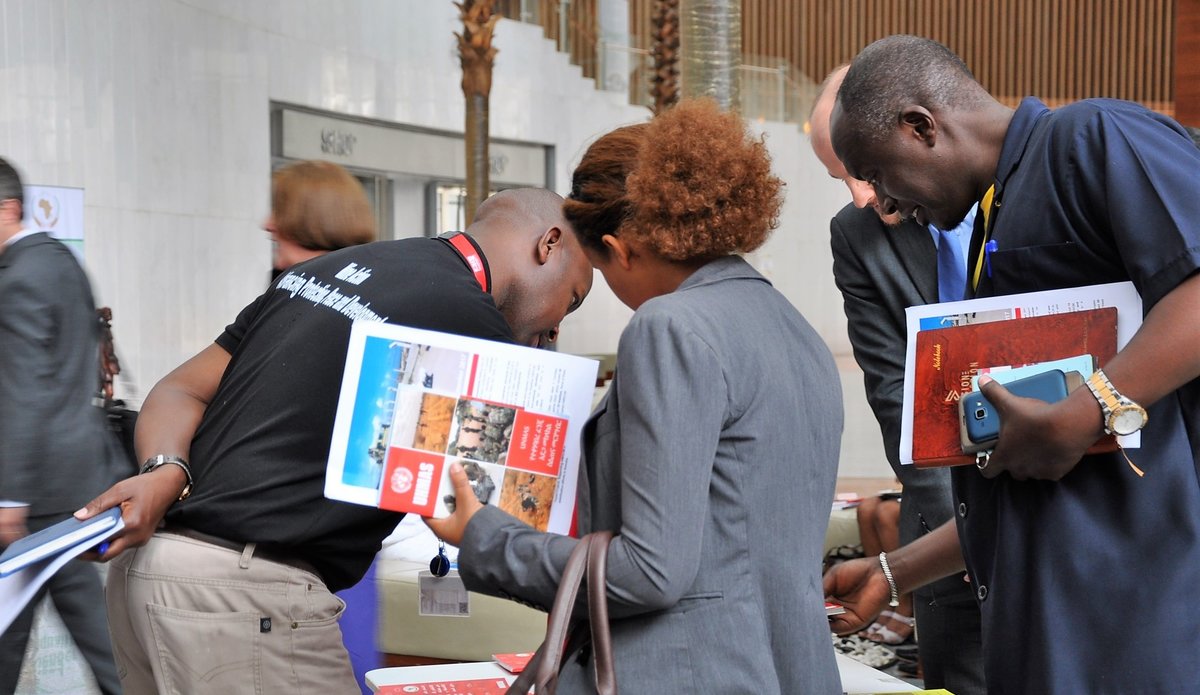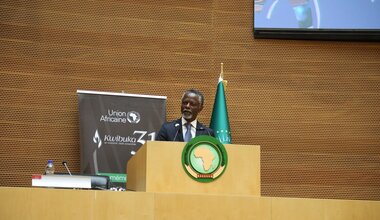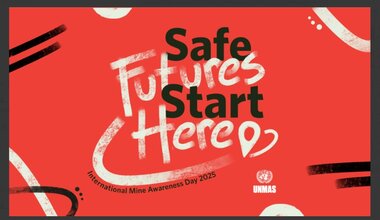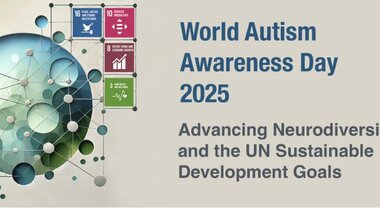Clearing land mines in Africa will require more concerted efforts
‘Currently 179 life-saving Mine Action projects are taking place in 22 countries, many of which are in Africa’, Colonel Nurudeen Azeez, Head of the Operational Support and Advisory Unit at UNOAU, underscored at this year’s International Day for Mine Awareness and Assistance in Mine Action.
The day was observed at the African Union headquarters on April 4th, 2018 by AU Member States, partners, the African Union and the UN taking on the global theme: ‘Advancing Protection, Peace and Development.’
While remarkable successes have been scored by countries through on-going efforts to reduce risks associated with land mines, explosive remnants of war and Improvised Explosive Devices (IED), it was noted that more needs to be done. Increasing resource mobilization, developing personnel capacities and sharing information were some courses of action forwarded as recommendations.
Ambassador Ismail Chergui, AU Commissioner for Peace and Security in his statement made reference to the adoption of the Anti-Personnel Mine Ban Convention in 1997 of which, 95% of African Member States are partisan. However, he also emphasized on the fact that 12 African countries that are party to this convention continue to ‘struggle with the deadly legacy of landmines’ due to a number of challenges including ‘dwindling international support’ and limited access for victims to trauma care and so forth. Ambassador Chergui reiterated the support of the African Union Commission to countries as per renewed pledge to achieve the 2025 Maputo Commitment.
Presenting key progress achieved and overarching challenges, Einas Mohammed, the Acting Director of the AU Defense and Security Division shared an overview of the negative impacts associated with land mines and explosives vis-à-vis social and economic well-being of populations. She also highlighted initiatives undertaken by the African Union with partners to provide advocacy, technical and operational assistance to Member States as well as technical and operational assistance to peace support operations, equipment donations, training and so forth. Lack of detailed work plans, changes in donor support within the context of competing security and development priorities, operational insecurity, capacity gaps and insufficient availability of funding were some of the challenges she raised.
Speaking on behalf of the United States, this year’s Chair of the Mine Action Support Group (MASG), Ambassador Beth Leonard noted that the commemoration ‘provides an opportunity for the world to reflect on both the progress made and the challenges remaining in clearing landmines and unexploded ordnance which still endanger civilians in more than 60 states and other areas.’ On the other hand, porous borders allow for extremists to traffic small and light weapons, she further highlighted.
Also referencing the Anti-Personnel Mine Ban Convention, Diane Kabeya, Deputy Head of Delegation at the International Committee of the Red Cross, called on ‘all parties to avoid the use of explosive weapons’.
African Union Member States including Algeria, Egypt, Sahrawi Arab Republic and Zimbabwe made interventions to share respective national experiences and ways forward for enhancing collaborative efforts to address the issue of landmines, explosive remnants of war and other similar devises in the continent.
The Acting Director of the AU Defense and Security Division thanked all partners particularly, UNOAU for substantive support provided to the African Union Peace and Security Department. Moving forward, she made an appeal to African Member States and international partners ‘to not forget mine action in Africa’ defining this as a situation that will require a continued sense of commitment and capacity development.
UNMAS Somalia hosted an exhibition where several kinds of explosives were displayed as well as prevention and safe landmine disposal materials.
 UN
UN





